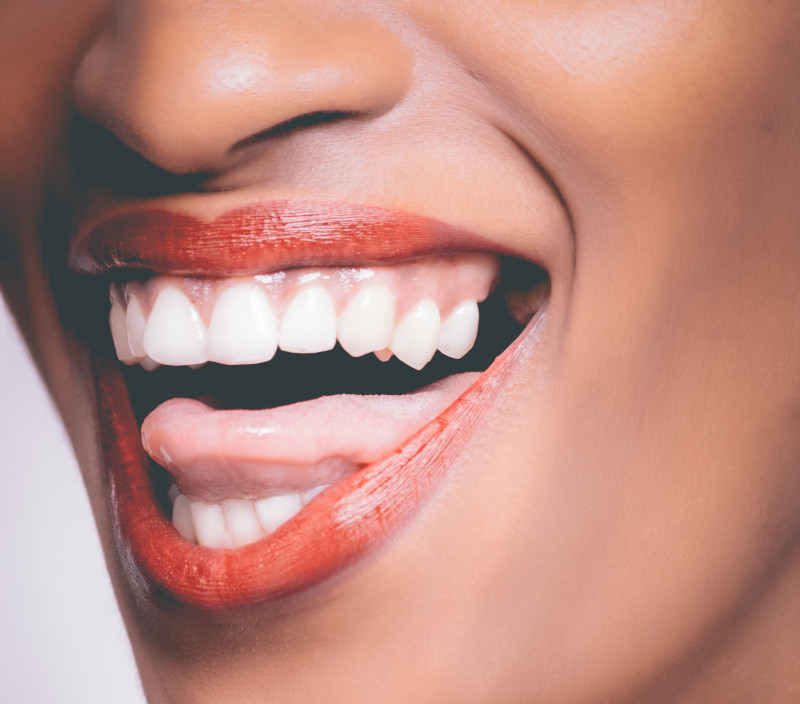When a certain amount of space is required for tooth alignment, an orthodontist may choose to remove small amounts of enamel from the tooth’s outer surface. This technique is used to alleviate dental crowding when other options, such as dental arch expansion or tooth removal, are not the best option.
What Is IPR?
Interproximal reduction (IPR), commonly referred to as tooth stripping, tooth contouring, teeth shaving, or teeth slenderizing, narrows teeth to create space for tooth alignment treatments and equipment. IPR is used among other orthodontic tooth alignment treatments such as Invisalign retainers or braces. These treatments use pressure to slowly shift teeth into proper placement, resulting in straighter teeth and improved jaw alignment. In some cases, Invisalign and braces may require more drastic measures to create space for teeth to move, while other cases may only require small or incremental space which can be provided by slenderizing the teeth.
Interproximal reduction is commonly performed where the surface of two teeth touch and may be used not only in tooth placement but to improve the way the teeth come together in a bite or to make teeth look more attractive and balanced.
How IPR Works
A new patient consultation will typically provide a diagnosis of any type of tooth or jaw alignment issues and a discussion of possible treatment options for these issues. Depending on the issue in question and the type of corrective treatments that may help, Interproximal reduction may be an important first step or a sufficient solution on its own.
IPR is performed by hand with diamond-coated discs or diamond-coated strips. The tools may either be single- or double-sided. The discs are attached to a drill and are guided along the contact area by hand. The strips are gently moved backward and forward in a sawing motion until the tooth has been reduced to the proper size. The size can be checked by using an IPR gauge that slides in between the teeth to measure for the appropriate space and width. There is typically a limit on the amount of IPR that can be performed on a tooth during treatment.
Does Teeth Shaving Hurt?
IPR is a pain-free process. Though IPR is performed on a live tooth, the enamel that is being removed — the outside part of the tooth — does not contain any nerves. The process is quick, does not require anesthesia, and does not damage lips, gums, or the tongue. Although patients may not feel discomfort or pain, there is often a slight pressure or vibration that may be felt. Some patients may also find the sound of the drill unnerving.
Are Teeth Susceptible to Decay From Enamel Removal?
Studies on tooth decay risk after interproximal enamel reduction found that tooth decay is not increased due to enamel removal. Some orthodontic practices may include placing a fluoride-based gel over the enamel surfaces to help stop decalcification and to remineralize teeth.
Benefits of IPR
Interproximal reduction is often used alongside orthodontic treatments to help move teeth into proper positions. Teeth in proper places can help people properly chew and digest food better, keep teeth cleaner and healthier, and improve speech clarity. Crooked teeth can also contribute to jaw misalignment which may result in neck and shoulder pain as well as headaches.
Increased space between teeth can have a positive impact on oral health; proper dental hygiene and oral health can impact overall health by reducing the bacteria present in the mouth and decreasing the risks associated with pneumonia, cardiovascular disease, endocarditis, and complications with pregnancy and birth.
Tooth contouring can also smooth a chip or the jagged edges of a tooth. Chipped or misshapen teeth may be more difficult to clean and can cause poor dental hygiene, but can also alleviate the impact on self-esteem from dental disorders. Studies showed that the aesthetics of teeth highly impact the psychosocial behavior of adolescents and affect their self-esteem. The impact of straight and aesthetically pleasing teeth may impact:
- First impressions;
- Lasting impressions;
- Attraction and relationship opportunities;
- Perception of personality or trustworthiness.
Interproximal Reduction Cost
The cost associated with shaving down teeth varies depending on the patient’s needs. Minor IPR treatments may range from $50-$300, while the cost of a full treatment that may include balancing the bite and reshaping teeth may range from $650-$1,500. Some dental plans may cover the cost of IPR. Your orthodontist may offer financing options such as payment plans or third party financing to ensure patients can get the treatments they need for oral care, a healthy smile, and good dental hygiene.
